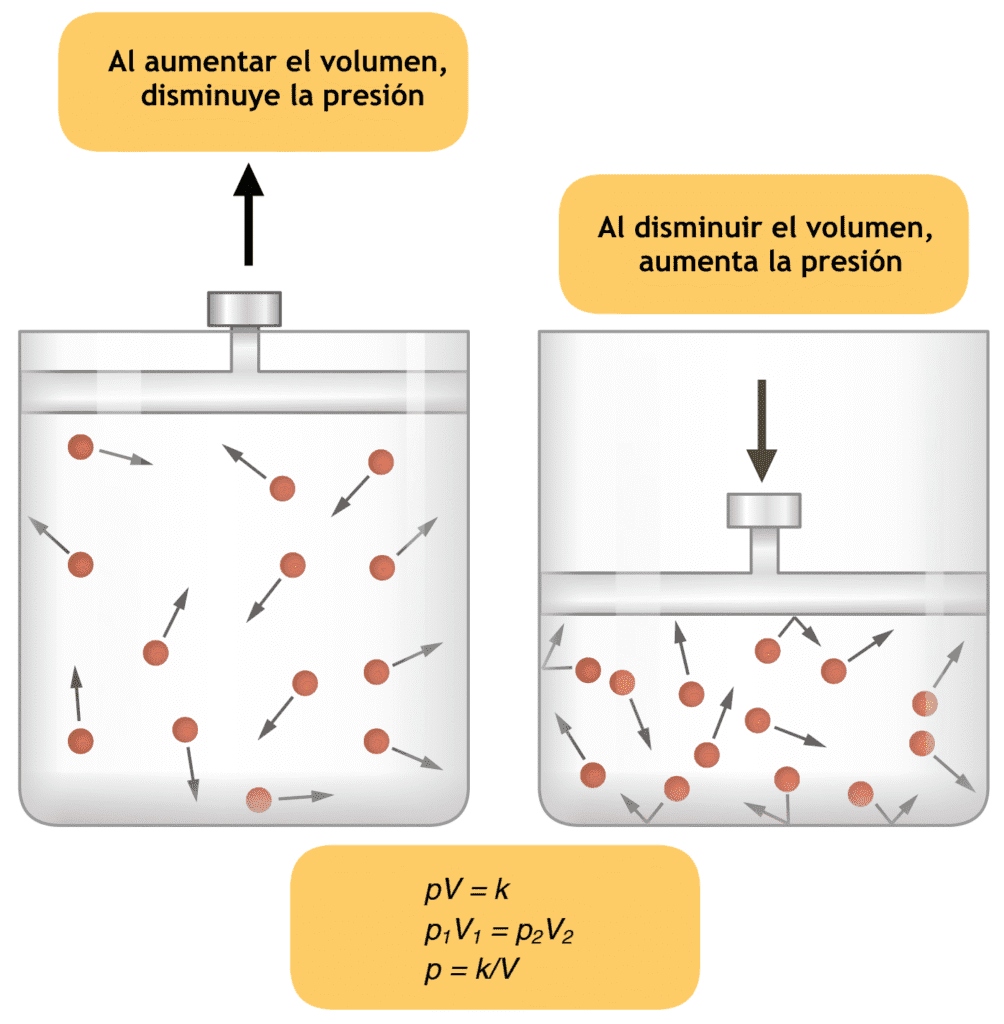Spirometer is the instrument used to measure following lung volumes. Normal Spirometry Values are very important and a good doctor especially an anesthetist should always remember the approximate values of them.

The Normal Spirometry Values are:
• Tidal volume is 400 to 500 ml (10 mI/kg).
• Inspiratory reserve volume is is 2,400 to 2,600 ml.
• Inspiratory capacity is inspiratory reserve volume + tidal volume i.e 2,500 (IRV) + 500 (TV) = 3,000 ml
• Expiratory reserve volume is 1,200to 1,500 ml.
• Vital capacity is IRV + TV+ERV i.e 4,200 to 4,500 ml (75 to 80 mI/kg).
It can not measure residual volume so any lung volume which requires measurement of residual volume can not be measured by spirometry. Therefore functional residual capacity and total lung volume can not be measured by spirometry and are hence not mentioned while listing the Normal Spirometry Values.
Forced Spirometry (Timed Expiratoty Spirogram)
Forced vital capacity (FVC): Expiration is performed as hard as possible.
Forced expiratory volume (FeV): It is volume of gas expired in 1 second (FeV1), 2 seconds (FeV2), 3 seconds (FeV3) measured from the start of expiration after full inspiration (forced vital capacity). Normal Spirometry Values of FeV are more important for assessing the lung function. Normal person can exhale 83 to 85%of FVC in 1 second (so FeV1 is 83 to 85%), 93% in 2 seconds (FeV2 is 93%) and 97% in 3 seconds (FeY3 is 97%).
FeV1/FVC ratio is important as this ratio is decreased in obstructive lung diseases. It is expressed as percentage.
Peak expiratory flow rate: Normal 500 to 600 liter/min
Forced mid expiratory flow rate: Measures flow rate during 25 to 75% of exhalation.
These are some of the Normal Spirometry Values that no doctor must ever forget.


Thanks! This article was really helpful to me. I am a first year medical student and needed this stuff for my physiology class.
Dear Staff:
Which of the following ways of determining the Flow Volume Loop X axis
display width is correct ? (Generally, TLC = FVC + RV.)
A) The width of the Flow Volume Loop display upon the X axis is w where
w = FVC. (FVC is the total lung volume as usual.)
For example, if the FVC is 5L and RV is 2L, the the width
of the display is 5.
B) The width of the Flow Volume Loop upon display the X axis is w where
w = FVC – RV. (RV is the residual volume as usual.)
For example, if the FVC is 5L and RV is 2L, then the width
of the display is 3.
Best Regards,
Paul R.